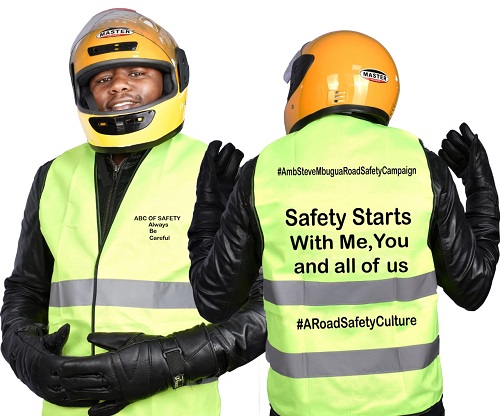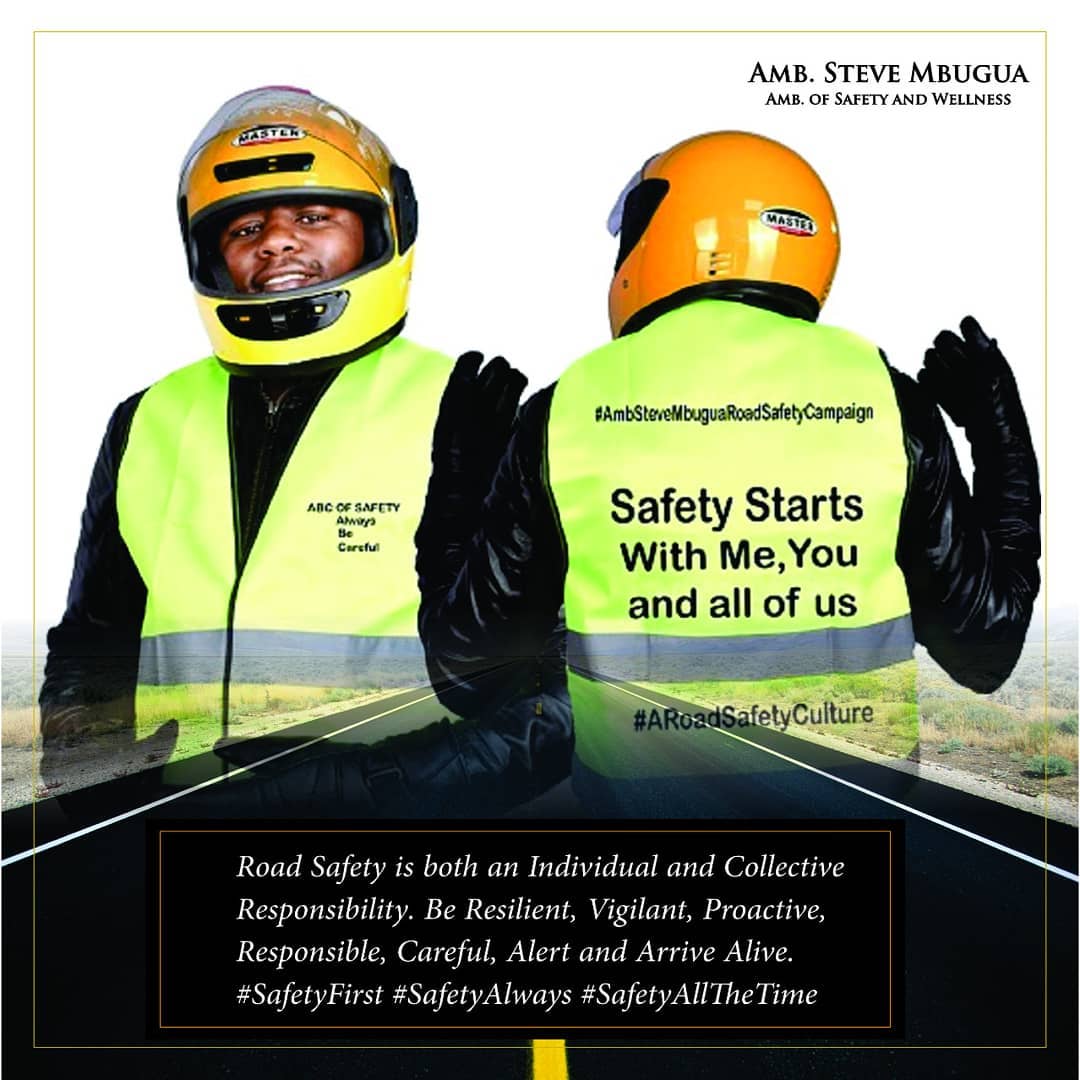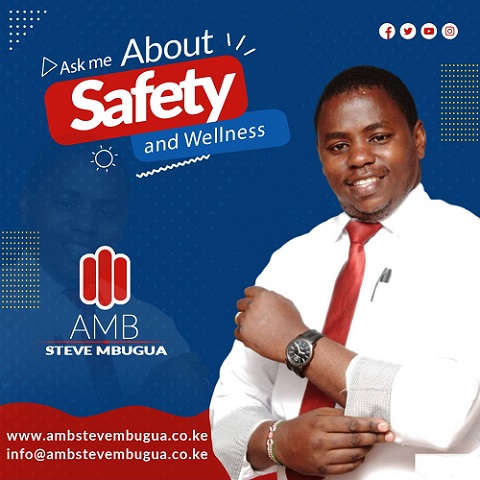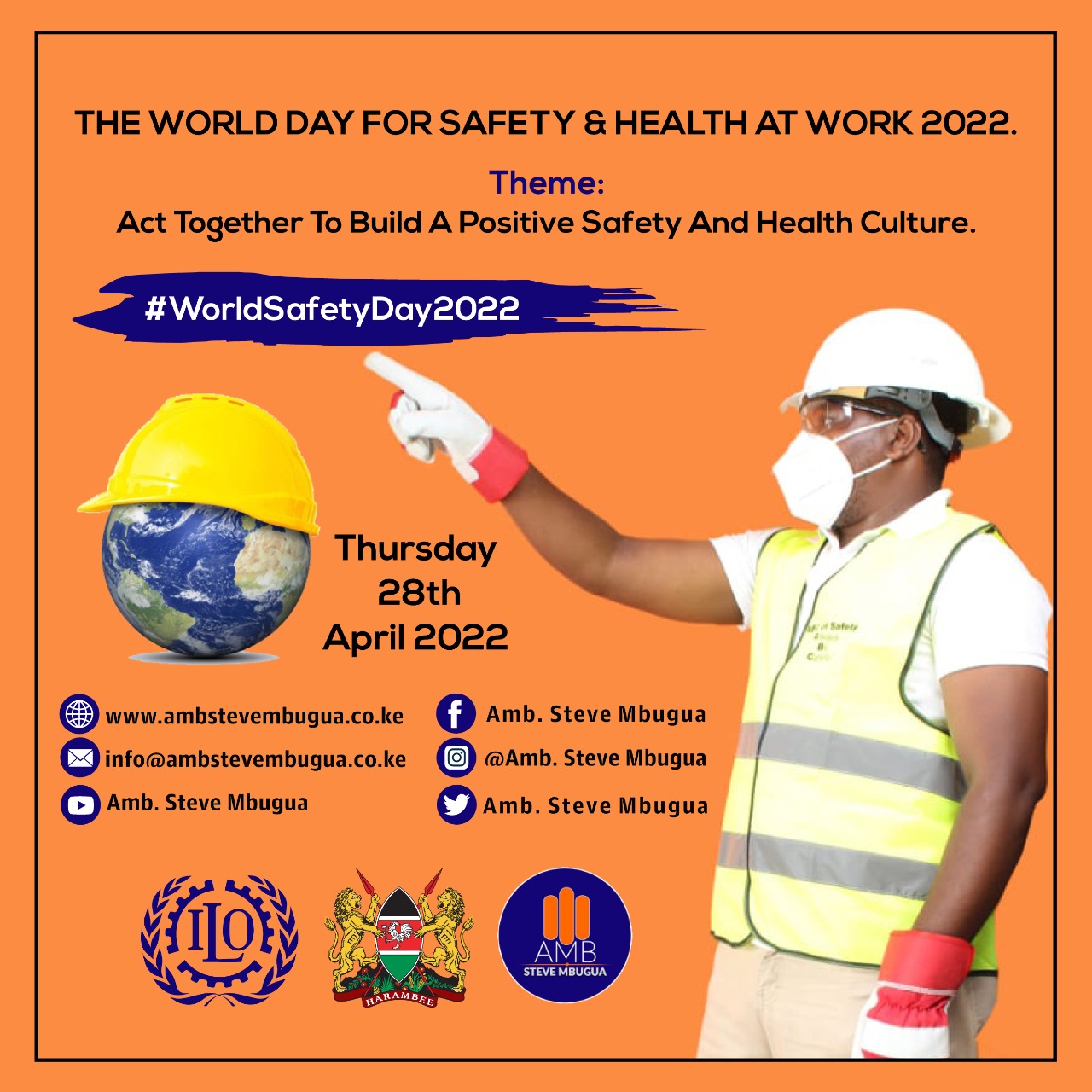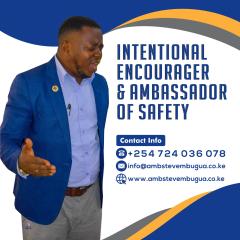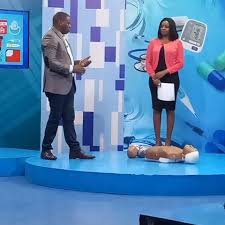Since 2012 as an Ambassador of safety Trainer I have been conducting Safety Proffessional Trainings as Well as Certified Emergency First Responder rising to highest ranks of Training Manager and Director of training with different agencies like the St John Ambulance Kenya before becoming a fully fledged Ambassador of Safety. I have coordinator dozens of Safety Conferences, Seminars, Workshops and Trainings including having organized the first World Safety Day and First Aid events in Kenya. From my experiences I have prepared the below guideline.
1. Safety Training Sessions
o Description: Safety training sessions are structured learning sessions conducted to educate employees on specific safety topics relevant to their roles and workplace environment. These sessions can range from introductory courses to advanced training on specialized safety practices.
o Key Components:
Curriculum Development: Tailor training content to address workplace hazards, emergency procedures, regulatory compliance, and use of safety equipment.
Hands-On Demonstrations: Include practical demonstrations of safety procedures, equipment usage, and emergency responses.
Interactive Learning: Incorporate quizzes, case studies, and group discussions to reinforce learning and engagement.
o Benefits:
Knowledge Transfer: Ensures employees understand safety protocols and procedures.
Skill Development: Enhances competency in using safety equipment and responding to emergencies.
Compliance: Helps meet regulatory requirements and industry standards.
Continuous Improvement: Identifies and addresses evolving safety challenges and best practices.
2. Safety Seminars
o Description: Safety seminars are educational events typically conducted by safety experts, consultants, or industry professionals. These events gather employees, stakeholders, and sometimes external participants to discuss specific safety issues, trends, and solutions.
o Key Components:
Expert Presentations: Invite knowledgeable speakers to share insights, case studies, and best practices.
Panel Discussions: Facilitate discussions among industry leaders and practitioners on current safety topics.
Networking Opportunities: Encourage interaction and knowledge exchange among attendees.
o Benefits:
In-Depth Learning: Provides deep dives into complex safety issues and emerging trends.
Perspective Broadening: Exposes participants to diverse viewpoints and approaches to safety management.
Professional Development: Enhances leadership skills and industry knowledge among attendees.
Inspiration for Innovation: Sparks ideas for improving safety practices and organizational culture.
3. Safety Conferences
o Description: Safety conferences are larger-scale events that bring together safety professionals, researchers, policymakers, and stakeholders from various industries. These conferences often span multiple days and include keynote speeches, workshops, and networking sessions.
o Key Components:
Multi-Track Sessions: Offer sessions on a wide range of safety topics, catering to different interests and expertise levels.
Exhibits and Demonstrations: Showcase new safety technologies, products, and services.
Poster Presentations: Share research findings and case studies through poster displays.
o Benefits:
Knowledge Sharing: Fosters collaboration and learning from leading experts and peers.
Networking: Builds professional relationships and partnerships across industries.
Innovation Showcase: Highlights cutting-edge solutions and trends in safety management.
Continuing Education: Offers opportunities for professional development and certification maintenance.
4. Safety Workshops
o Description: Safety workshops are hands-on sessions focused on specific safety skills, scenarios, or improvement initiatives. These sessions are often interactive, encouraging participation and practical application of safety principles.
o Key Components:
Scenario-Based Learning: Simulate real-life safety challenges and responses.
Skill Development: Teach specific safety procedures, equipment use, or emergency protocols.
Group Exercises: Engage participants in problem-solving and decision-making activities.
o Benefits:
Skill Mastery: Enhances proficiency in critical safety practices and techniques.
Team Building: Promotes collaboration and teamwork among participants.
Immediate Application: Provides opportunities to practice and reinforce learning.
Feedback and Improvement: Identifies areas for improvement in safety procedures and protocols.
Additional Considerations
• Customization: Tailor training content and methods to the specific needs and challenges of your organization and industry.
• Evaluation: Assess the effectiveness of training through feedback, metrics such as incident rates, and employee competence assessments.
• Integration: Integrate safety training with other organizational initiatives, such as quality management and continuous improvement programs.
• Accessibility: Ensure training accessibility for all employees, including those with disabilities or language barriers, through inclusive materials and formats.
Developing Safety Educational Materials and Resources
1. Needs Assessment
o Purpose: Identify specific safety topics, audience demographics, and learning objectives.
o Methods:
Surveys and Interviews: Gather feedback from employees, managers, and safety professionals to determine current knowledge gaps and training needs.
Review Incident Data: Analyze past incidents and near misses to pinpoint recurring safety issues.
Regulatory Requirements: Ensure materials align with relevant safety regulations and standards.
2. Content Development
o Key Components:
Clear Objectives: Define learning outcomes and goals for each educational resource.
Accurate Information: Research and incorporate up-to-date safety practices, regulations, and industry standards.
Engaging Format: Choose formats that resonate with the audience (e.g., guides, videos, infographics, interactive modules).
Visual Aids: Use diagrams, illustrations, and charts to enhance understanding of complex safety concepts.
Multilingual Options: Provide translations or subtitles to accommodate diverse linguistic backgrounds.
3. Formats of Educational Materials
o Written Materials:
Safety Manuals and Handbooks: Comprehensive guides covering safety policies, procedures, and emergency protocols.
Safety Posters and Flyers: Visual reminders of key safety messages, displayed in prominent areas.
Fact Sheets and Checklists: Concise summaries of safety guidelines and inspection procedures.
o Digital Resources:
Interactive E-learning Modules: Online courses or modules that allow learners to interact with content and assessments.
Webinars and Video Presentations: Recorded or live sessions covering specific safety topics with expert insights.
Mobile Applications: Apps providing access to safety tips, emergency contacts, and incident reporting tools.
o Training Aids:
Simulation and Scenario-Based Training: Virtual or physical simulations of safety incidents to practice responses.
Role-Playing Exercises: Interactive activities where employees act out safety procedures in real-life scenarios.
4. Development Process
o Storyboarding: Outline the structure and flow of content, ensuring a logical progression of information.
o Content Creation: Write clear, concise, and accessible language suitable for the target audience.
o Design and Layout: Use professional design principles to enhance readability and visual appeal.
o Review and Validation: Seek feedback from subject matter experts, stakeholders, and end-users to refine content and ensure accuracy.
o Accessibility Considerations: Ensure materials are accessible to all employees, including those with disabilities, by providing alternative formats or accommodations.
5. Distribution and Accessibility
o Centralized Access: Host materials on a dedicated intranet page or learning management system (LMS) for easy access.
o Physical Distribution: Provide printed copies in common areas or during training sessions.
o Notification Systems: Use email alerts, newsletters, or announcements to notify employees of new or updated safety resources.
o Feedback Mechanisms: Establish channels for employees to provide feedback on materials and suggest improvements.
6. Evaluation and Continuous Improvement
o Metrics: Measure effectiveness through metrics such as completion rates, quiz scores, incident trends, and employee feedback.
o Feedback Loops: Collect input from users to identify areas for enhancement or additional content needs.
o Regular Updates: Revise materials regularly to reflect changes in safety regulations, technology, or organizational procedures.
Benefits of Comprehensive Safety Educational Materials
• Enhanced Knowledge: Ensures employees understand safety protocols and best practices.
• Improved Compliance: Facilitates adherence to regulatory requirements and safety standards.
• Risk Reduction: Minimizes workplace accidents and incidents through informed decision-making.
• Culture of Safety: Promotes a workplace culture where safety is prioritized by all employees.
• Cost Savings: Reduces costs associated with injuries, insurance claims, and regulatory fines.
In conclusion, safety training is a critical component of fostering a secure and prepared environment. Ambassador Steve Mbugua, as a renowned safety ambassador and trainer, emphasizes the importance of continuous learning and awareness. You can reach him via Whatsapp +254724036078, Email info@ambstevembugua.co.ke, Social Media Platforms as Amb Steve Mbugua, books and blogs on www.ambstevembugua.co.ke Through his comprehensive training sessions, seminars, and workshops, he empowers individuals and organizations to adopt a proactive approach to safety. By prioritizing safety education, we can build a culture of safety that protects lives and enhances overall well-being.
READ MORE
Safety Culture Training Video
Largest Safety Company
Safety Ambassador
Building A Culture Of Safety
Global Recognized and Celebrated Safety Trainer


